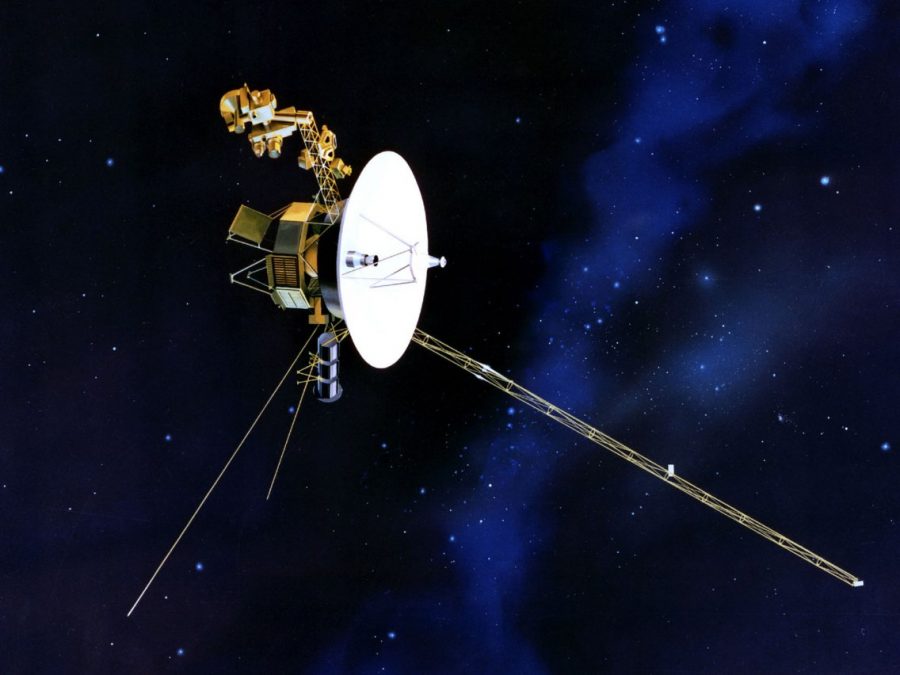A Voyage into Space
Space Probe Leaves Solar System
On November 5, 2018, the Voyager 2 space probe exited the solar system. However, scientists didn’t record this until November 4, 2019.
The spacecraft launched in 1977 and was the first to visit Uranus and Neptune. It also explored Saturn and Jupiter, like its twin Voyager 1, although not as deeply. The Voyager 2 has allowed scientists to determine if Voyager 1’s data represents the whole of the heliosphere or just a portion.
On Uranus, the craft found 11 previously unknown moons and 2 rings. On Neptune, rings and 6 moons were discovered.
As to the territory beyond our solar system, Voyager 2 has shown us that the plasma inside our solar system is warmer and less dense than the plasma outside our solar system. Voyager 2 also informed scientists that plasma inside our solar system is slightly increasing in density and becoming more compressed. The reason why remains a mystery.
The Voyager program revealed that the shape of the solar system is elliptical and fairly symmetrical. Both probes have also shown that the region between our solar system and space outside of it is bumpy, with magnetic bubbles most likely caused by the warping of the sun’s magnetic field.
The Voyager program has lasted much longer than expected. Since its launch, Voyager 2 has had 6 of its 11 special scientific instruments disabled, and 1 partially disabled. NASA predicts that the probes will run out of power around 2025.

Stephanie Kontopanos is a senior and the assistant editor of The Tiger Print. This is her third year on staff and her second year being the Newspaper Grandma...




